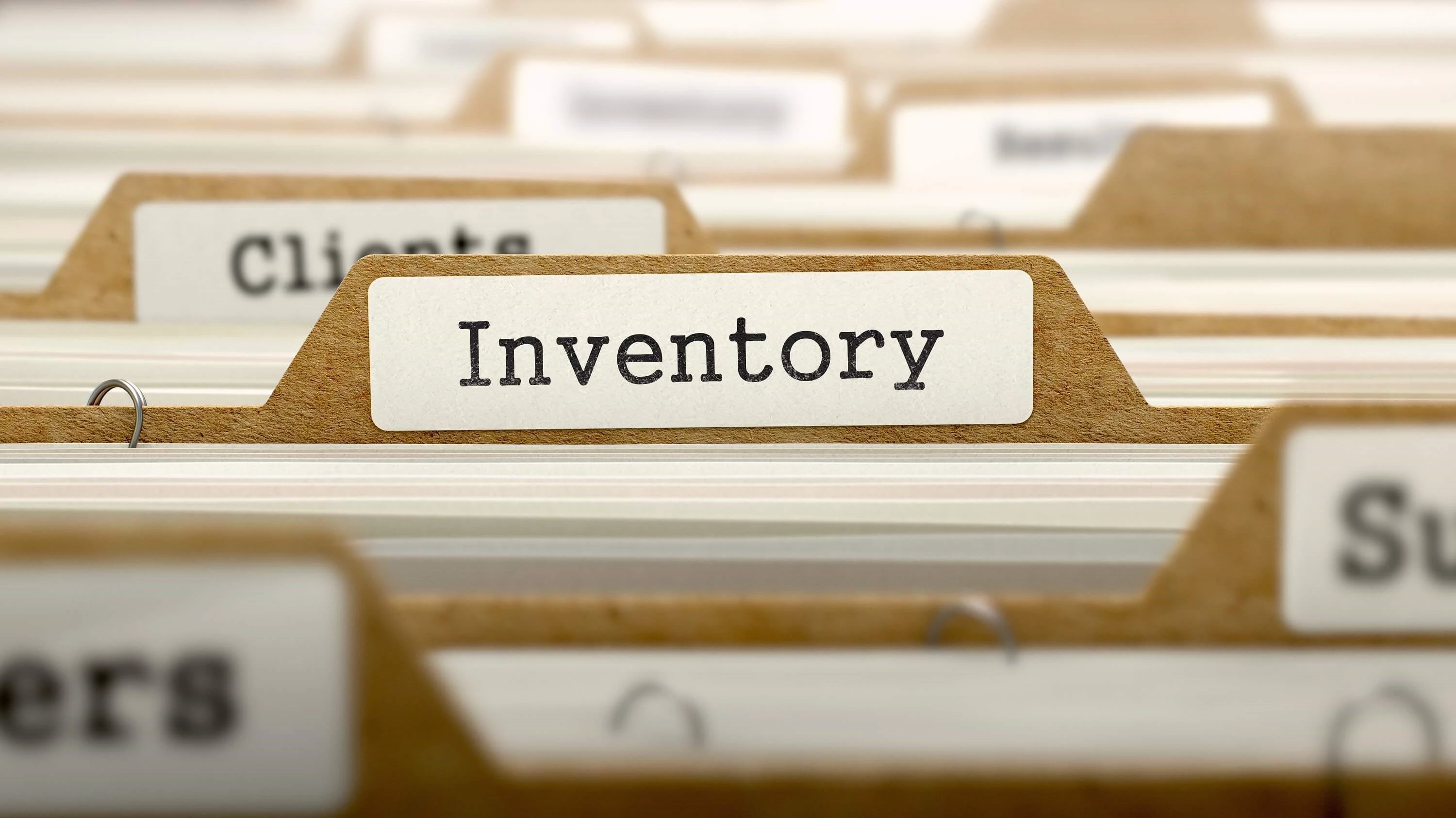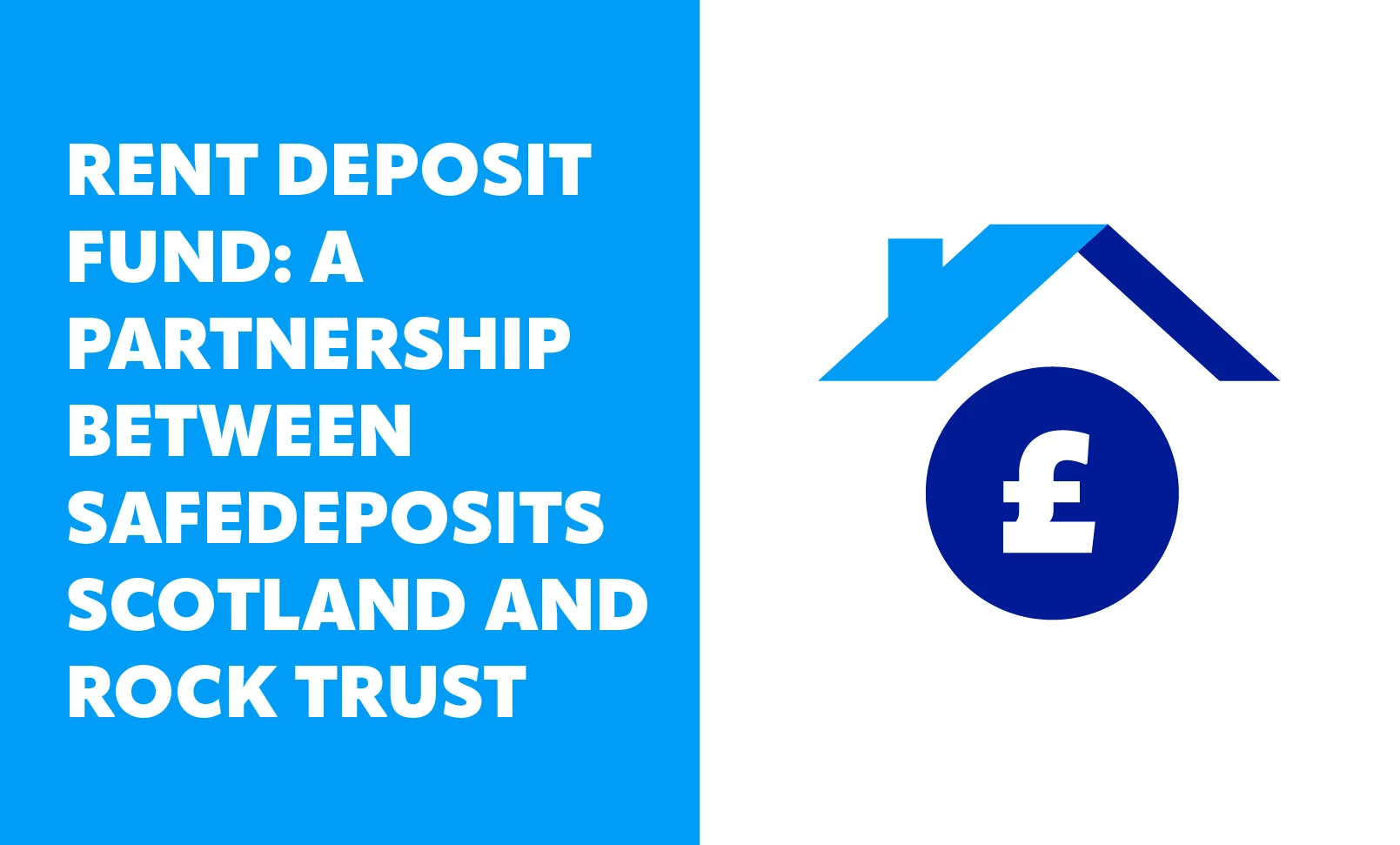5 top tips for managing inventories
An inventory is a key document for any tenancy. It shows the baseline condition of the property at the start of the tenancy and can be compared with its updated version at check out to identify any changes or dilapidations.
Following our recent online session, Inventories - Getting It Right, below are five top tips for managing inventories.
What an inventory should cover
The inventory should detail the condition of the property and list all contents of the property and their condition. Cleanliness as well as condition should be noted and the inventory must be contemporaneous - it should be completed no more than three days before the tenancy starts, as elements such as the gathering of dust can change without the influence of anyone being in the property. When it comes to inventories, the word detail cannot be emphasised enough.
How photographs and videos should be incorporated
Where photographs and videos are used on an inventory, these should be relevant to the content of the inventory and it should be remembered that they are there to support the written content and should not be relied upon as standalone evidence. As with the inventory itself, they should be contemporaneous therefore one should ensure they are dated. Labelling photos and videos also helps anyone viewing them to identify how they relate to the inventory. Where videos are concerned, the inventory should note at which point a relevant item appears in the video and for both photos and videos the image quality and focus are important.
Handling changes requested by the tenant
During the course of the tenancy, the tenant may request to make a change to the property - for example, redecorating. The tenant should request permission from their landlord for such a change and it is for the landlord to decide whether or not they permit it to go ahead. Alterations would obviously mean a change to part of the property from what is recorded in the original inventory therefore there are a couple of things the landlord should consider if they give the go ahead for any changes. Do they still wish for the full property to be returned in its original condition at the end of the tenancy - i.e. they are happy for the tenant to change a wall from magnolia to turquoise but would like it returned to magnolia before check out. If so, then these expectations should clearly be communicated in writing to the tenant and a record kept of these communications as potential evidence if required. Likewise if the landlord is happy for the tenant's change to remain in place at the end of the tenancy, this should also be confirmed in writing as an appendix to the inventory to explain the difference between check in and check out.
What to do if there is a change in tenant within an existing tenancy
When one tenancy ends and a new one begins these are clearly separated by completing a check out and a check in accordingly, but what happens if one tenant moves out and is replaced by another in an ongoing tenancy involving multiple tenants? The landlord will need to take a few steps, including updating the tenancy agreement and completing a tenant changeover with the landlord's deposit scheme to update the deposit account. When it comes to the inventory however, the original inventory remains the benchmark for the ongoing tenancy. Tenants are joint and severally liable, so a tenant who moved in later will be equally responsible for returning the property in the condition it was found as their co-tenant who was there from day one. It is important to make this clear to the incoming tenant, and to have them sign a declaration agreeing to the original inventory.
How to prepare for checking out
It is in the interests of all parties to be well prepared for check out at the end of a tenancy. Tenants should be notified in advance of the check out inspection, and be given the opportunity to be in attendance for it. A pre-arranged visit to the property on a date prior to the final inspection can be helpful in managing both parties' expectations and giving the tenants the opportunity to rectify any issues in advance of the check out. Providing the tenants with a checklist at some point during the tenancy is a good way of helping to ensure the property is returned to the expected standard, hopefully avoiding deductions from the deposit and a potential dispute.



